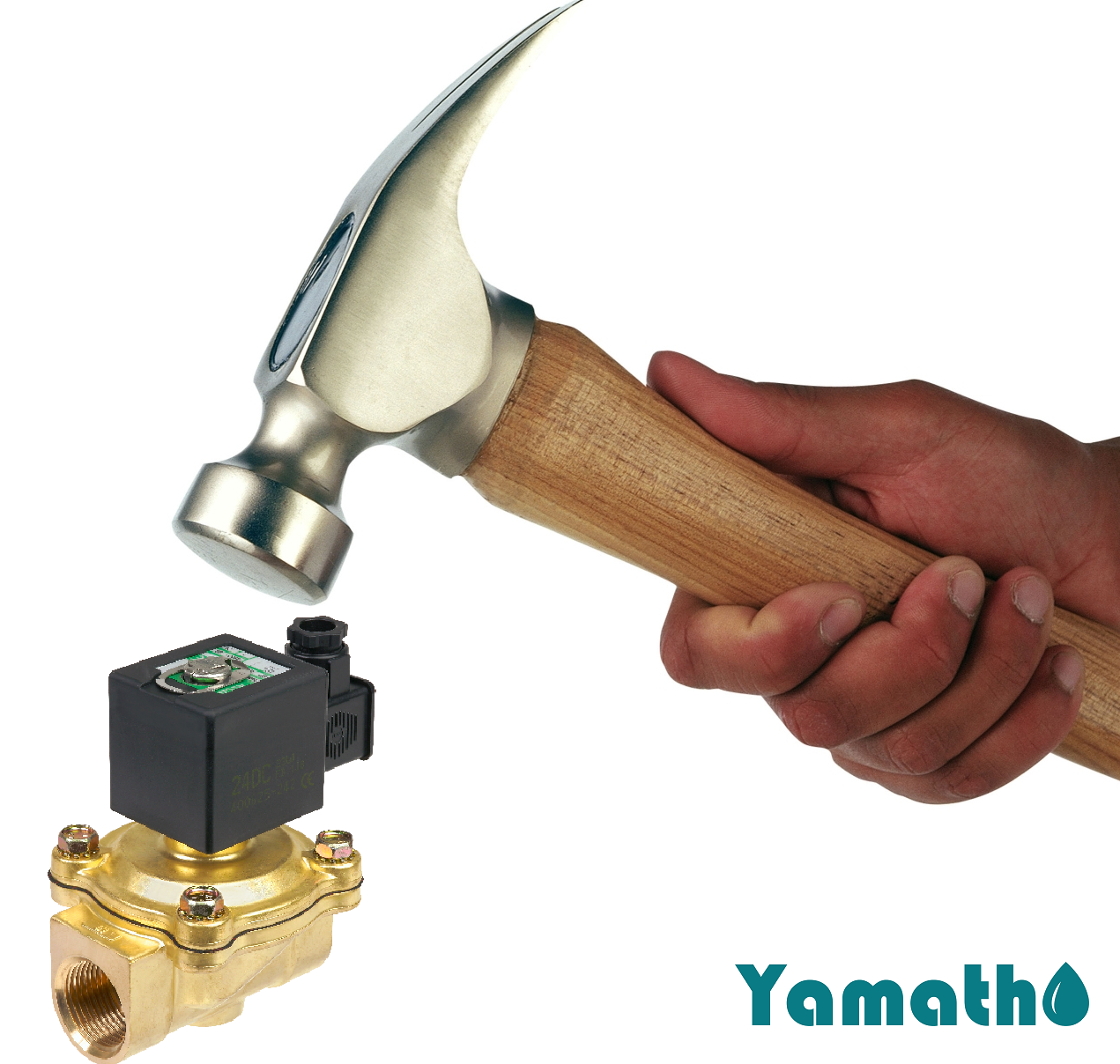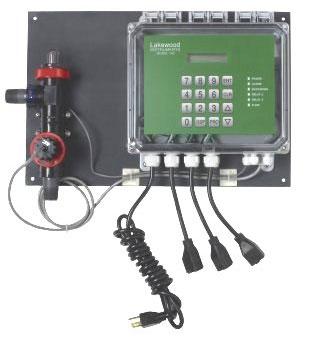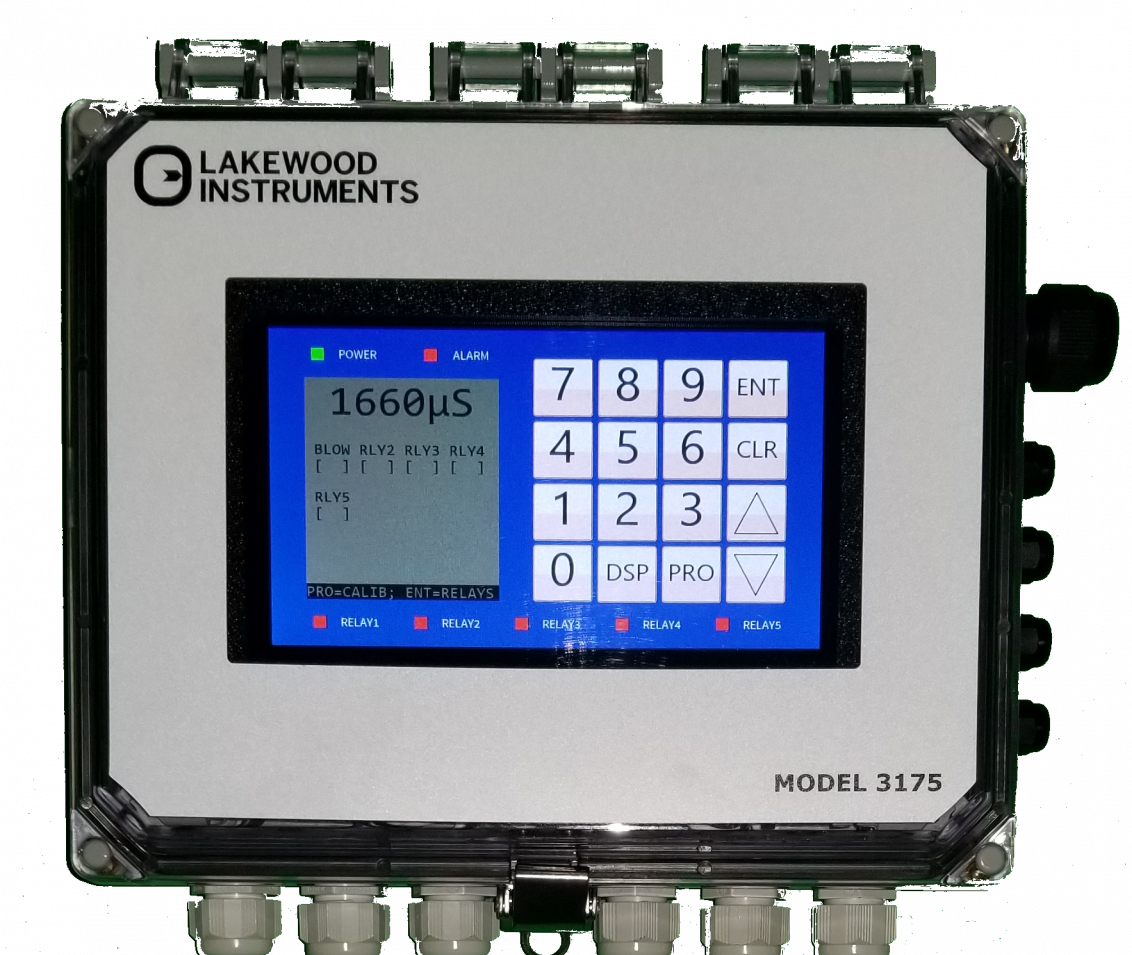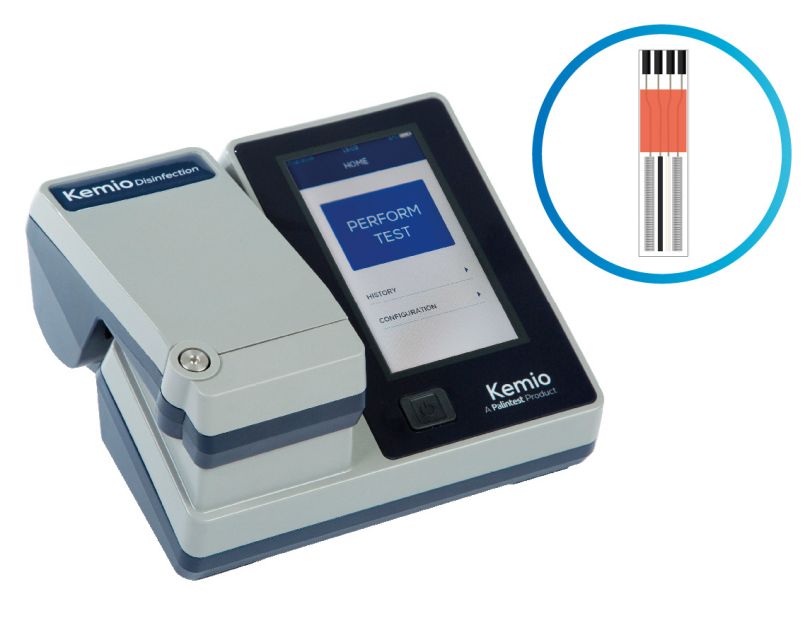Water hammer and water solenoid valves
March 20, 2017 0 Comments

Water hammer is a phenomenon that occurs when the flow of a fluid inside a pipe system is abruptly stopped by a closing valve. Once the valve closes, the water coming towards the valve reflects just as a wave does, causing a pressure transient upstream of the valve. Depending on several factors, such as flow rate, upstream pipe length and valve closing time, the pressure transient may be large enough to cause physical damage to pipes, joints or the valve itself, resulting in ruptures or leaks. In other cases, the only symptom of a water hammer is noise that sounds like a hammer banging on a pipe. The water hammer effect is more often a problem in high flow applications.
This effect can be prevented or reduced by taking the following measures:
- Increase the pipe diameter (which reduces flow speed),
- Install a water hammer arrestor, or
- Choose a solenoid valve or other valve type that has a slower response time, such as an electric motorized ball valve.
- The proper fixation of valves and piping can prevent resonation in the system and reduce the noise level as well.
Water solenoid Valve Definition
A solenoid valve is an electrically controlled valve. The valve features a solenoid, which is an electric coil with a movable ferromagnetic core (plunger) in its center. In the rest position, the plunger closes off a small orifice. An electric current through the coil creates a magnetic field. The magnetic field exerts an upwards force on the plunger opening the orifice. This is the basic principle that is used to open and close solenoid valves.
Quick solenoid valve notes:
- Only used for clean liquids and gases.
- Indirect operated valves require a pressure differential to function.
- Are used to close, open, dose, distribute, or mix the media with 2 or more inlets/outlets.
- Fast acting.
- Options for manual overrides, ATEX, gas approval, media separation and more.
- Can get hot as it requires energy to switch and stay in that position (depending on type).
- Common in heating systems, compressed air, vacuum, irrigation, car washes, etc.
Response time definition
The response time of a solenoid valve is defined as the amount of time needed for a valve to go from an open to a closed position or vice versa. In fact, the response time at energizing is not equal to the response time at de-energizing for solenoid valves, especially when alternating current is used. The C.E.T.O.P. (the European Fluid Power Committee) defined a standard measurement procedure to define the response time for solenoid valves. However, bear in mind that many valve manufacturers use alternative definitions or measurement procedures. For the valve opening, the response time is defined as the duration between energizing the solenoid and reaching 90% of the stabilized outlet pressure. The response time for closing the valve is defined as the duration from de-energizing the solenoid until the pressure drops to 10% of the test pressure. The test is executed with air at 6 bars at 20°C.
From an electrical standpoint, the response of a solenoid valve is not instantaneous, since a certain amount of time must pass for the coil current to overcome the coil inductance. As a result, the magnetic flux takes a certain amount of time to reach its maximum after voltage is applied to the solenoid. In addition, if alternating current is used, the coil can be energized at any phase angle of the power supply voltage. For example, if the coil is energized exactly as the voltage reaches its peak, then it will take less time for the armature to move than if the coil is energized as the voltage approaches zero.
From a mechanical point of view, it takes a certain amount of time for the armature to move the required distance after the magnetic force acted upon it overcomes the spring force. Armatures having less mass tend to operate quicker, as there is less inertia to be overcome while moving the armature.The pressure differential and type of media also affect the response time. With air, the response time will be a lot quicker than with viscous media, such as oils.
Both electrical and mechanical constraints dictate the response time of a solenoid valve. While in some applications a faster response time might be better, in some other applications a fast response time would actually be undesirable, as it could cause a water hammer effect.
Also in Blog

Advanced Cooling Tower Management: Enhancing Efficiency with Lakewood Model 140
February 28, 2024 0 Comments

Optimizing Cooling Tower Performance: Understanding Efficiency, Maintenance, and Water Quality Management
February 28, 2024 0 Comments

Revolutionizing Water Analysis: Everything You Need to Know About the Kemio KEM10DIS
April 19, 2023 0 Comments


